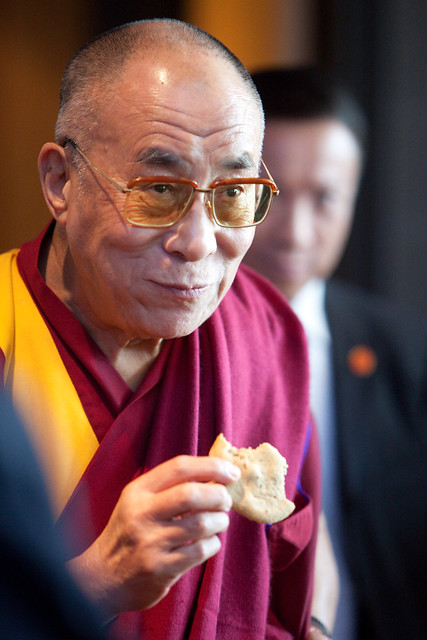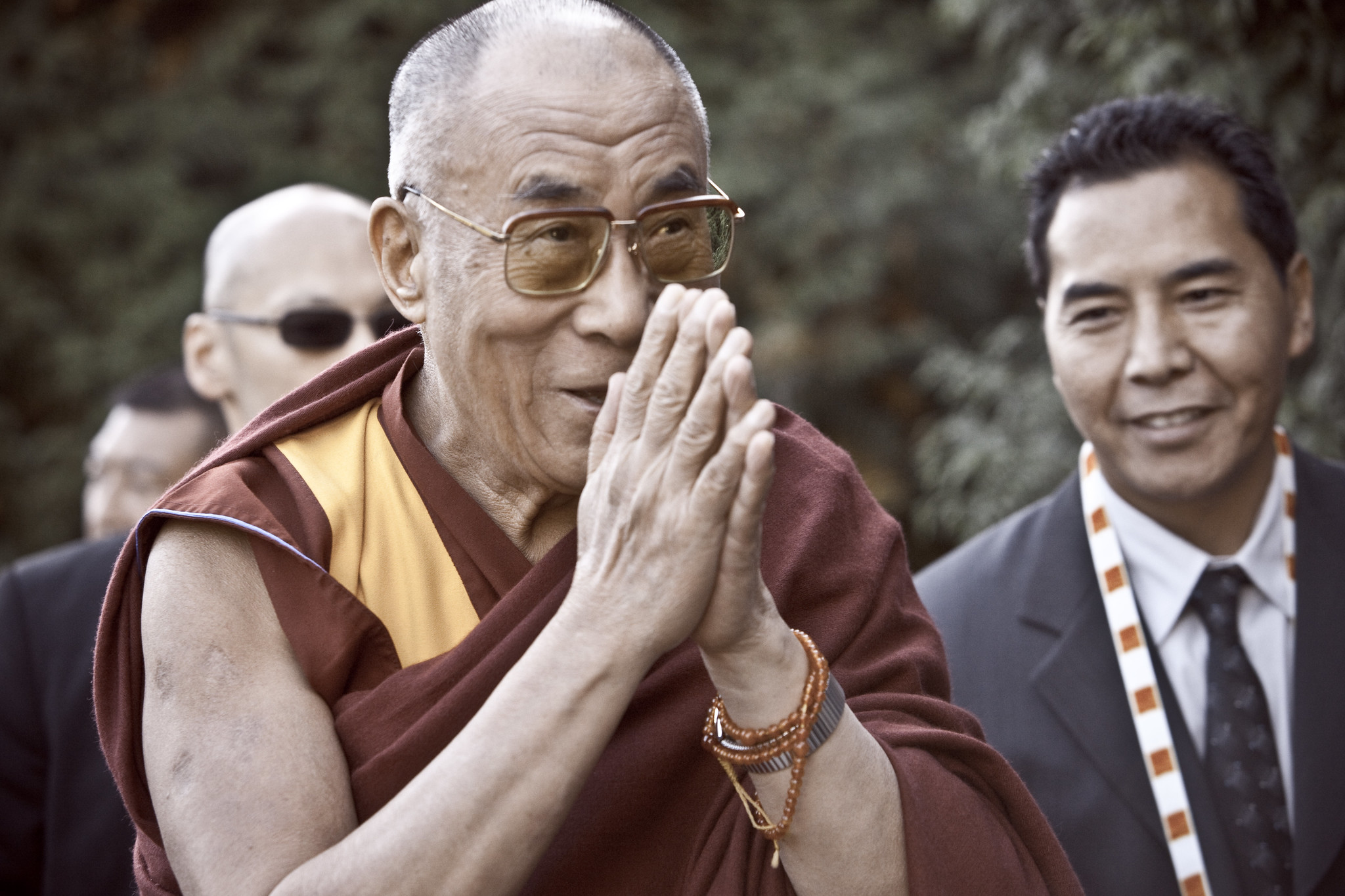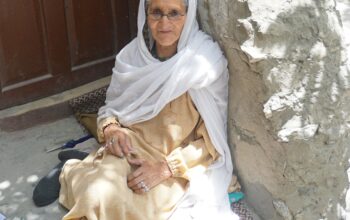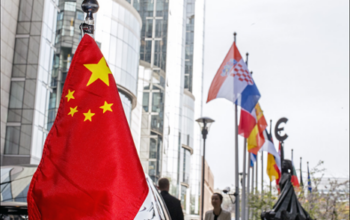Everybody will die at some point. Some people die young and others manage to live through a whole century. Some people die naturally, and others have their lives taken by force.
The essence is, and I think all of you will agree, that our days are counted and that sooner or later we will pass away. What humans fail to agree on, is the question of what comes next. And this creates tension. Because our beliefs in different hereafters impact our behavior, our attitudes and actions towards others, and in that sense it also shapes the way others see us and what they see in us.
When looking at some answers of the main religions the afterlife is used as the carrot and stick that motivates us to do good deeds during our time on Planet Earth. For instance, whilst Christianity and Islam focus on the soul that enters one’s body when being conceived and returns to their god when one dies, Buddhism revolves around the concept of reincarnation. So in this article, we will take a closer look at the cycle of life according to the concept of reincarnation, and talk about one of the most famous recurring souls of our time and his squabbles with China.
Reincarnation

The basic idea of reincarnation or rebirth is a central point of Buddhism, as well as many other religions. It is based on the concept of mortality and immortality of the soul. Hence death, until the soul reaches Nirvana, only precedes another reincarnation. Which means that when your body, the current host of your soul, gives out, your soul will go on a journey and settle in a new body.
On closer inspection, different people express different opinions on how exactly reincarnation can and should work. Some people believe that reincarnation is not strictly reserved for humans, but that you could also be reincarnated into animals. Others believe that reincarnation is not bound by the fixed chronology of timelines. This makes for an interesting thought experiment because it would mean that you could meet “yourself” at some point in life. Or even that every single living being on this planet shares the same soul being reincarnated time and time again…
One of the most important, if not the most important, souls in Buddhism, when it comes to reincarnation, is that of the Dalai Lama. So let’s grab a cup of tea and look at what makes this person and his reincarnations so important.
The Dalai Lama
The Dalai Lama represents a soul from the 14th century and has been the symbol of unity and national identity in Tibet. Currently, this particular soul is occupying its 14th home, the now 83-year old body of this guy:

The basic idea is that this is the soul currently experiencing its 14th life. It was first born in 1391. Therefore, this soul has witnessed over 630 years, or around 224 280 days. It is safe to say that it has experienced quite a lot. Which brings us to the next point: why is it so important for this particular soul to be passed on and, throughout the centuries, collect even more experiences and wisdom?
The Dalai Lamas are sacred to Tibet, and they are key to Tibetan national identity. It all started in 1913 when the 13th Dalai Lama took to the political stage announcing Tibetan independence and starting to meddle with the political system. Since Tibet is not recognized by China, it is too dangerous a place for the Dalai Lama which is why he has been living in exile in India for the past decades.
Today, the struggle for autonomy is still ongoing as the Dalai Lama pointed out during his visit to Malmö University: “I’m happy to meet you all here today, Tibetans and our friends and supporters. I often point out that since the cause of Tibet is a just cause, Tibet supporters are not so much pro-Tibet as pro-justice. We continue to keep up our struggle based on non-violence. Since 1974 we have not been seeking independence, but we have been seeking the rights mentioned in the Chinese constitution, the rights to be implemented on the ground, not only in the Tibet Autonomous Region but in all Tibetan areas, to preserve Tibetan language and culture.”
The uncertain future of the Dalai Lama
This split is apparently one of the worst fears of the Chinese government who are still occupying Tibet to this day. The Communist Party’s representative summed up China’s stance in a meeting, where he declared that the Dalai Lama was no longer a religious leader after he left Tibet in 1959 and that if he wanted to return to China he must acknowledge that Tibet is an inseparable part of China, with the People’s Republic of China being the only legitimate government, hence, the Dalai Lama must give up on “Tibetan independence”.
Moreover, as to not give any support or approval to the Dalai Lama living in exile right now, China recently passed a law that requests all Buddhas to be registered. This has already led to China announcing their own Buddhas, that now compete with their equivalents in Tibet. Hence, many fear that the Republic will “choose” the next state-conform Dalai Lama.
So, this cookie-eating guy from the picture has raised several possibilities of what might happen after he dies. From choosing to being reincarnated as a woman, appointing his successor whilst still being alive, being incarnated outside of Tibet in a free country, or not to reincarnate again. Many scholars believe that whilst this Dalai Lama does not have the power of stopping the reincarnation, he will pass on to one of the 130,000 Tibetans living in exile.
It will be very interesting to see what the future holds. But it is very likely that we will experience an age of two Dalai Lamas, one in China, and one in India. Or maybe even in Sweden.
Written by Julia Glatthaar
Photo Credits
The Dalai Lama @ The Vancouver Peace Summit (1), Kris Krüg, CC BY-NC-ND 2.0
The Dalai Lama @ The Vancouver Peace Summit (2), Kris Krüg, CC BY-NC-ND 2.0
Brass 1, CC BY-NC-ND 2.0










